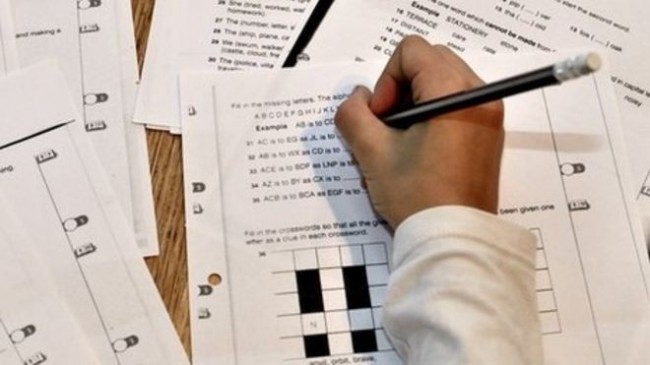PART FIVE – Non-verbal Reasoning Paper
Non-verbal reasoning is not subject that your child will study as part of their school curriculum, but it is dependent on a set of core skills integral to maths, science, design and technology. It does not rely on literacy skills: all the questions are in pictorial or diagrammatic form.
The exact scope and content of an 11+ non-verbal reasoning test will differ across UK regions, but a typical paper will test your child’s ability to:
- Process graphic or pictorial information
- Apply logical thinking and problem-solving skills
- Understand how objects relate to each other in space (spatial awareness)
- Find and follow patterns and rules
- Apply maths skills: rotation, reflection and symmetry
- Work systematically
All non-verbal reasoning questions can be categorized into four main groups and a set of 10 question types. These questions practise most of the types.
Group 1: Identifying shapes
- Recognise shapes that are similar and different
- Identify shapes and patterns
- Pair up shapes
These question types test understanding and recognition of shape and pattern. They rely on the ability to:
- Find shapes that are similar or different
- Sort given shapes or symbols according to their common features
Group 2: Missing shapes
- Find shapes that complete a sequence
- Find a given part within a shape
- Find a missing shape from a pattern
These question types also test understanding of shape and pattern. They rely on the ability to:
- Identify and apply a rule
- See shapes within shapes and patterns within patterns
- Make deductions from given sets of objects or symbols
Group 3: Rotating shapes
- Recognise mirror shapes
- Link nets to cubes
The principles of reflection and rotation of shapes form the basis of a range of non-verbal reasoning question types. These question types test:
- Understanding of symmetry
- Knowledge of 3-D shapes
- Spatial awareness
Group 4: Coded shapes and logic
- Code and decode shapes
- Apply shape logic
These question types test understanding of shape and logic skills. They rely on your ability to:
- Think systematically and make decisions
- Find and apply a given rule
- Identify common features
- See shapes within shapes
